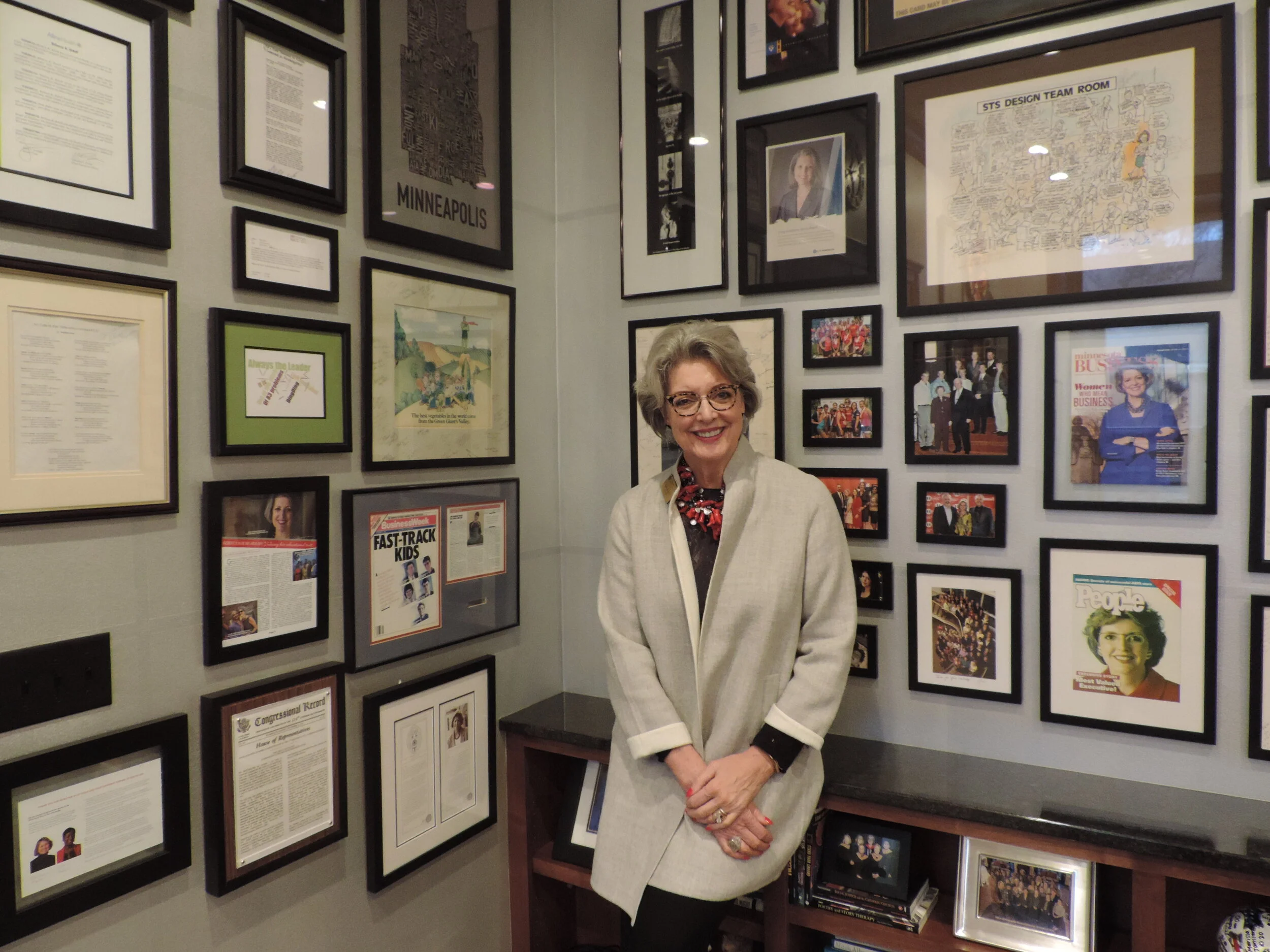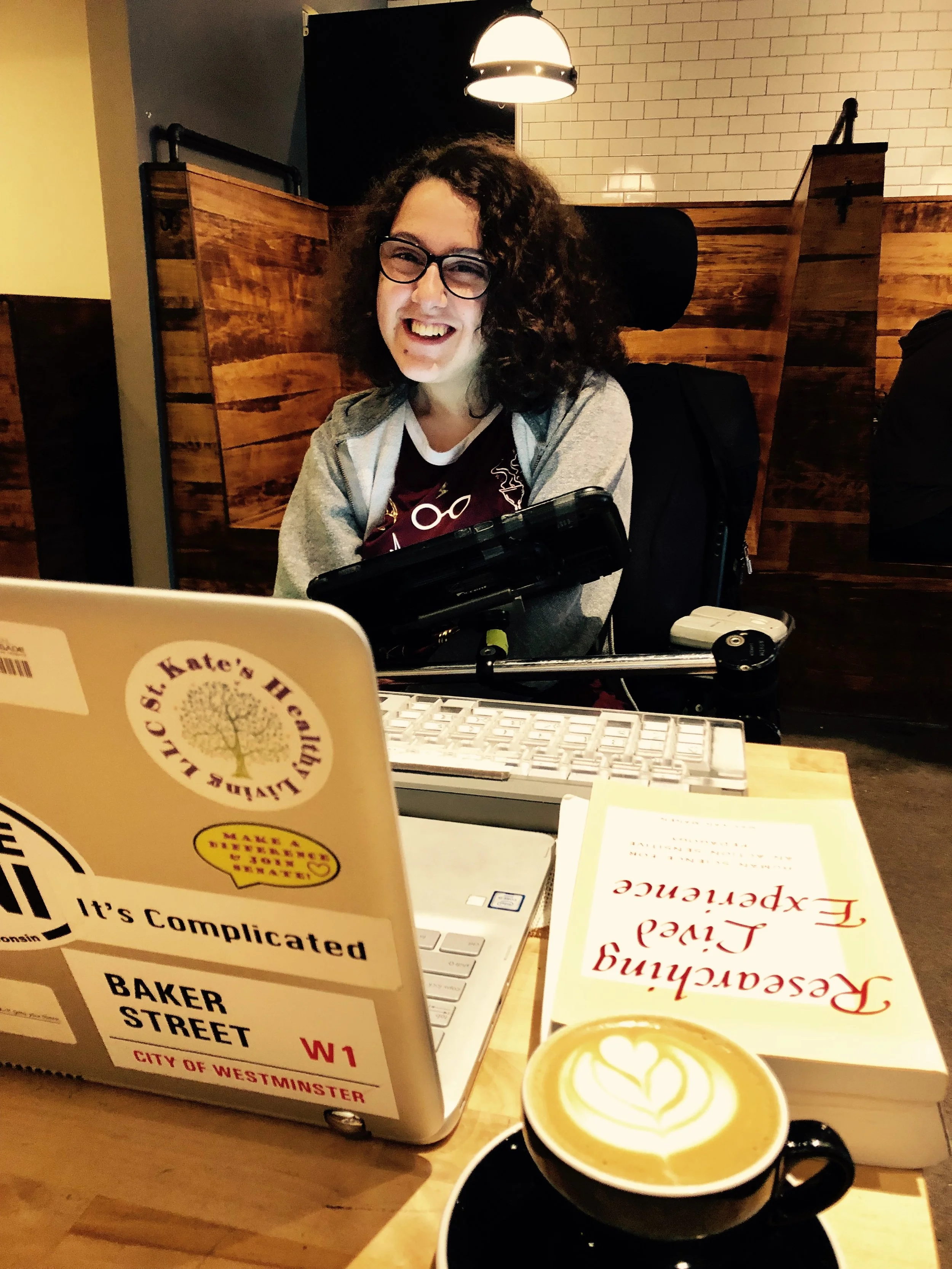READER SUBMISSION: A Complacent Classroom
How Professorial Pedagogy Can Harm the Learning of Students of Color
By Amalea Jubara
Students mentioned in the article asked to be referred to with pseudonyms to protect their identity.
Sarah came into her class, The Reflective Woman (TRW) crying. It was Wednesday, November 9th, 2016. Trump had just won the election. Sarah, one of only three Students of Color (SOC) in a nineteen person class, recalls sitting in class listening to one of her Latina peers share her family’s fears. Sarah remembers a white student respond, “Suck it up. He won fair and square. Your [family] should deal with the consequences.” The professor said nothing.
When I asked Sarah if she felt like the job of responding to discriminatory comments has been placed on her as a SOC, she responded, “Yeah, I do. We are expected to respond because we have experience with it, or because the teacher does not know how to respond. Therefore, we respond in the absence of their response, which I think is damaging because that can be re-traumatizing and put people in uncomfortable positions.” Experiences such as these tell SOC that those professors are not willing to support us; that passivity communicates a lack of empathy and concern for the well-being of SOC. Ultimately, that complacency bolsters the advantageous social position of white students by allowing homogenous rhetoric to dominate the classroom power structures and pedagogy. In what follows, I reiterate the virtuous ideals that guide St. Kate's and illustrate how, frequently, we fall short of these ideals.
Social Justice
“We create an environment of equity, fairness, and respect, and we work for systemic change so Earth and all people thrive.”
Fadumo feels similarly to Sarah. She, too, was in her TRW class when she first experienced prejudicial comments at St. Kate’s. She sat there fidgeting with her pencil as she recalled the time her class was talking about the current political climate and the rampant Islamophobia that is spreading. Fadumo remembers hearing a white student say, “Well why don’t [the Muslims] just stop bombing, then maybe people wouldn’t be so scared of them.” The professor said nothing. Fadumo was shocked that no one was saying anything; since she was the only Muslim student in the class, she felt obligated to respond. She explained why the comment was inappropriate and did her best to dismantle the assumptions and stereotypes that the media perpetuates. When discussing if she felt like the job of responding to biased comments had been placed on her as a SOC, she said, “Yeah, I think so. Most people expect people of color to be experts on all things race and all things prejudice. They do not think that other white people can help because they think they do not know how to relate to it. If people start understanding that race is something that affects everyone regardless if they are [POC] or white, then maybe teachers and students would be more willing to address things that infringe on other people’s identities.”
At St. Kate’s, we frequently participate in dialogue where racial issues are salient, including conversations that speak on the racial wealth gap, the criminal incarceration system, immigration, and slavery. St. Kate’s holds the value of social justice at the forefront of our learning. If we are truly going to live up to our stated creed of equity, fairness, and respect, then we have to go beyond systemic level thinking and begin analyzing how our use of language and implicit biases frame the classroom dynamics. We cannot continuously address overt racism while simultaneously failing to recognize the deleterious effects of covert and more subtle forms of racism (i.e., micro-aggressions, white savior complexes). How can we break down barriers to create a culture of learning if we cannot effectively participate in cross-racial engagement?
Integrity
“We demonstrate honesty and openness, and build trust with all that we do.”
Brianna was drinking a grande iced chai during her Friday afternoon class when one of her classmates used the term “the blacks” when referring to Black people; referencing Black people as "blacks" defines Black people exclusively by their race, rather than their race being a characteristic of whom they are. Saying “Black people” is more appropriate since it uses the word “Black” as an adjective rather than a noun which describes instead of defines people by race. Brianna recalled feeling uncomfortable and surprised, especially when her white professor neither corrected the classmate nor took a collective moment to reflect on the social implications of such terminology. When I asked Brianna how this affected her relationship with her professor, she said, “I didn’t really trust my professor after that. It was really difficult because later in the semester, I was experiencing some discrimination outside the classroom by students from the same class. I would usually talk to my professor about it, but I didn’t really feel like I could trust the professor to stand up for me or ensure that the class environment was going to be healthy. It was hard because I was worried that if I did say something that the other students and the professor would just see me as an ‘angry black woman’. The whole experience really messed with my ability to focus and participate in the class.” When students from historically marginalized populations feel alienated from the learning environment, school becomes woven into the tapestry of oppression in their lives rather than a place where they can go to be supported and grow without the fear of adversity.
Reflection
“We contemplate all life experience and examine the mystery of human purpose.”
The historical trauma associated with race, and discussions about racism in this country, affects us all. However, the thing to understand about historical trauma is that it is a collective disenfranchised grief. Disenfranchised grief is a term describing grief that is frequently not acknowledged by society. As Fadumo said, race is something that affects everyone. As a campus, we have to confront these notions, dismantle these systems, and fully engage in these conversations. Dialogue needs to go beyond overt systemic issues to include conversations about the constructs of whiteness, microaggressions, and implicit bias, and how these constructs have historically shaped our campus and broader society. Without this intellectual, spiritual, and emotional commitment, we will continue to perpetuate a system that compromises the learning environment for SOC. These practices and reflections are part of how we build a campus climate that is going to have legitimate relationships that facilitate conversations about the current discourse around race. To begin this journey, we need to identify actionable steps for creating an inclusive classroom racial climate.
Academic Excellence
“We embrace a culture of learning that drives the students, faculty, and staff to discover, acquire, and apply knowledge.”
When creating an inclusive classroom racial climate, faculty must commit to an active, consistent, and arduous practice of breaking down barriers to racial engagement. Dr. Laurel Bidwell, Assistant Professor in the Social Work Department stated, “The way I approach this is from a place of continuous learning. I always have to be in a place to hear what students are teaching me, and I have to do my homework on that. It is important to acknowledge that we all come from different places, different backgrounds. We must discuss how we are going to have a dialogue that allows for those different places and those different backgrounds to come up. When we set up the framework, it is easier to have that conversation.”
Class content needs to be harmonious with that framework. This means incorporating diverse perspectives into course content by expanding readings beyond white authors, offering various ethnic and racial perspectives in case studies, ensuring lectures and speakers offer a variety of personal examples, and avoiding tokenizing individuals, students, or representations. Dr. Bidwell states, “It is not the responsibility of the person of color in a group to inform us all. As a professor, there are multiple roles that I have, and it is not to tokenize any student into playing one of those roles, that’s my role... this should be a space where [students] can rely on me to have [their] back.” Creating an inclusive classroom climate where all students are encouraged to participate, by learning about students’ backgrounds and tailoring approaches accordingly, establishing ground rules for discussing controversial issues, and developing (and helping students develop) deeper racial and socioeconomic awareness is crucial to developing a classroom that welcomes all students without distinction.
Community
“We welcome all without distinction in the spirit of the Sisters of St. Joseph of Carondelet.”
Professors are the guides, mediators, consultants, instructors, and advocates for students. They are the bridge that leads students to reach their goal of higher education. Professors must create a space where students can make mistakes and learn from them, and it is the professor’s role to model that growth. When professors model that humility, it creates a pathway for all students to engage in the classroom learning experience fully. Dr. Leso Munala, Assistant Professor in the Public Health Department, addresses this process; “It is important to acknowledge that none of us have figured it out and that we have a lot to learn. We don’t learn when we want to think of ourselves as competent, and that we have arrived, and that we are woke. [If we are stuck in that framework of thinking], and a student rightfully challenges the professor, then that’s an issue because we chuck it to them challenging our competence and we miss a key learning opportunity, so I think we have to start with ourselves and realize that we have a lot of work to do so that we can challenge that rhetoric in the classroom.” Students from historically marginalized communities illustrate the cultural richness of our diverse campus. As professors, staff, and students, we all have a responsibility to recognize and value that diversity. We must enter each space with cultural humility, acknowledging that we are always in the process of learning and growing. In order to truly be a student-centered institution, St. Kate’s core values of social justice, integrity, reflection, academic excellence, and community need to be applied to administrative affairs, university policies and practices, and most importantly, classroom dynamics and pedagogy.






